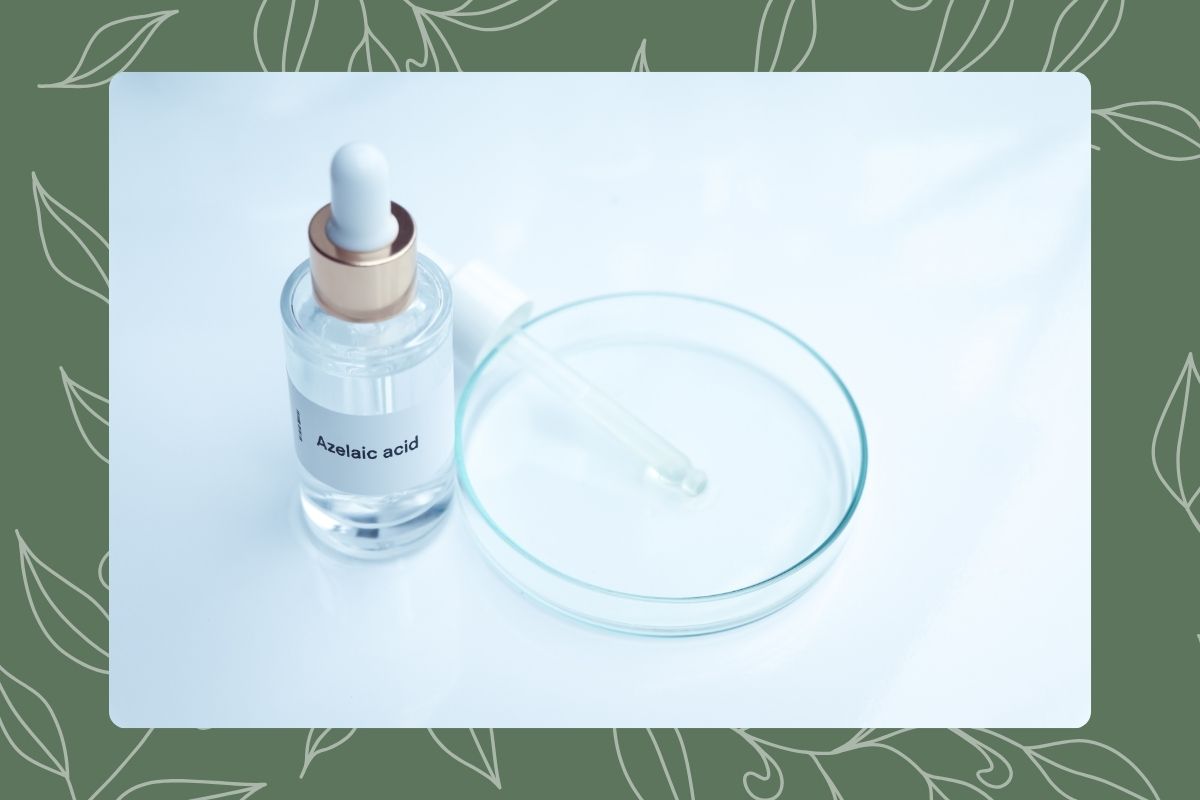The Buzz About Azelaic Acid
Azelaic Acid has recently taken the skincare world by storm, gaining widespread attention on social media platforms. Dermatologists and influencers alike are singing its praises, and for good reason. This multitasking ingredient offers a range of benefits, making it a must-have in any skincare regimen. But what exactly is Azelaic Acid, and why is it garnering so much buzz?
What is Azelaic Acid?
Azelaic Acid is a naturally occurring compound found in grains like barley, wheat, and rye. It belongs to a class of acids known as dicarboxylic acids. Unlike many other acids used in skincare, Azelaic Acid is gentle and effective, making it suitable for a variety of skin types and concerns. It has been utilized in the skincare industry for years, but its recent surge in popularity can be attributed to its remarkable versatility and efficacy.
Benefits of Azelaic Acid
Anti-inflammatory Properties:
One of the standout benefits of Azelaic Acid is its anti-inflammatory effect. It helps reduce redness and swelling, making it an excellent choice for individuals with sensitive skin or conditions such as rosacea. The soothing properties of Azelaic Acid can help calm irritated skin and improve overall skin texture.
Antibacterial Effects:
Azelaic Acid targets acne-causing bacteria, helping to prevent and treat breakouts. Its antibacterial properties make it a powerful tool in the fight against acne, keeping skin clear and healthy. Unlike harsher acne treatments, Azelaic Acid is gentle enough for long-term use without causing significant irritation.
Skin Tone Evening:
Hyperpigmentation and dark spots can be challenging to address, but Azelaic Acid shines in this area. It works to fade hyperpigmentation and promote a more even skin tone, giving your complexion a radiant and uniform appearance. By inhibiting the production of melanin, the pigment responsible for dark spots, Azelaic Acid helps to lighten existing discoloration and prevent new spots from forming.
Keratin Regulation:
Keratin buildup can clog pores and lead to acne. Azelaic Acid helps regulate keratin production, preventing clogged pores and keeping skin smooth and clear. This regulation is crucial for maintaining healthy skin, as it ensures that dead skin cells are shed properly, reducing the likelihood of acne formation.
Who Can Benefit from Azelaic Acid?
Azelaic Acid is suitable for a wide range of skin types, including normal, oily, combination, and sensitive skin. It is particularly beneficial for individuals dealing with acne, rosacea, and hyperpigmentation. Whether you’re looking to clear up breakouts, reduce redness, or even out your skin tone, Azelaic Acid can be a valuable addition to your skincare routine.
For individuals with sensitive skin, Azelaic Acid is a gentle alternative to harsher treatments. It provides effective results without the risk of severe irritation, making it a great choice for those who have struggled with other acne treatments. People with oily skin can also benefit from Azelaic Acid’s ability to regulate keratin production, reducing the likelihood of clogged pores and breakouts.
How to Incorporate Azelaic Acid into Your Skincare Routine
Incorporating Azelaic Acid into your skincare routine is simple. It is available in various formulations, including cleansers, creams, gels, and serums. Here are some tips to get started:
- Start with Lower Concentrations: If you are new to Azelaic Acid, begin with a product that has a lower concentration to see how your skin reacts. This approach helps minimize the risk of irritation and allows your skin to build tolerance gradually.
- Layering: Azelaic Acid can be layered with other skincare ingredients. For best results, apply it after cleansing and toning but before moisturizing. It works well with other active ingredients, such as niacinamide and hyaluronic acid. However, avoid combining it with other potent acids like glycolic or salicylic acid initially to prevent over-exfoliation.
- Frequency of Use: Start by using Azelaic Acid once a day, then gradually increase to twice daily as your skin builds tolerance. Consistency is key, and regular use will yield the best results.
When choosing products, look for formulations that suit your skin type and concerns. Lightweight gels and serums are ideal for oily or acne-prone skin. Creams and lotions may provide additional hydration and comfort for dry or sensitive skin.
Key Takeaways
Azelaic Acid offers a multitude of benefits, from reducing inflammation and targeting acne-causing bacteria to evening out skin tone and preventing clogged pores. Its versatility and effectiveness make it a valuable addition to any skincare routine. If you’re considering adding Azelaic Acid to your regimen, consult with a dermatologist to determine the best approach for your skin type and concerns.
FAQs
1. What skin conditions can Azelaic Acid treat?
Azelaic Acid can treat acne, rosacea, and hyperpigmentation. It reduces acne by targeting bacteria and preventing clogged pores. It helps with rosacea by reducing redness and inflammation. For hyperpigmentation, it fades dark spots and evens out skin tone.
2. How long does it take to see results from Azelaic Acid?
Results vary, but for acne, improvements are often seen in 4 to 8 weeks. Rosacea benefits usually appear within 6 to 8 weeks. Hyperpigmentation may take 8 to 12 weeks, with significant results often taking up to 6 months.
3. Can Azelaic Acid be used with other skincare ingredients?
Yes, Azelaic Acid pairs well with niacinamide and hyaluronic acid and can be used with vitamin C and retinoids if used at different times. To prevent irritation, avoid combining it with other potent exfoliating acids. Always introduce new products gradually.
